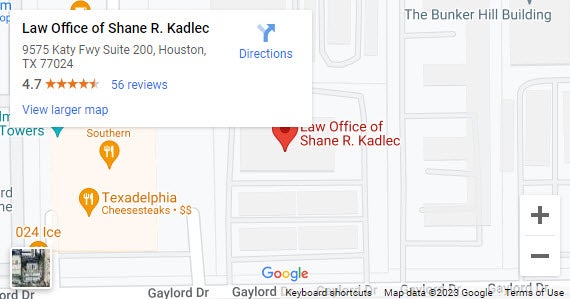You have been awaiting the birth of your child for months. You and your spouse bought a crib, decorated the nursey and now have all the baby gear you need. Now, it’s time to wait for that baby to come. You likely are nervous about giving birth, hoping you or your baby won’t have complications.
Unfortunately, that’s not always the case. Sometimes, through doctor error, babies are born with birth injuries. In fact, out of every 1,000 infants born in the United States, up to 8 of them are born with a birth injury.
Some common birth injuries that require treatment or have long-lasting effects include the following:
- Cerebral palsy
- Facial paralysis
- Oxygen deprivation
- Brachial plexus
- Caput succedaneum
Cerebral palsy
According to the American Pregnancy Association, about 20% of those with cerebral palsy developed the condition because of a birth injury. It is a lifelong condition that affects movement, muscle tone or posture. Sometimes, those with cerebral palsy must use assistance to walk, and some cerebral palsy patients have intellectual disabilities.
Facial paralysis
Facial paralysis occurs because of nerve damage. For an infant, this is evident if your child has difficulty opening her eyes or making facial movements. It is the result of excessive pressure on the face during birth.
Oxygen deprivation
When babies are deprived oxygen at birth, that can cause long-term disabilities and developmental delays. Oxygen deprivation can cause cerebral palsy, autism, attention deficit hyperactivity disorder (ADHD) or seizures too. Doctors and labor and delivery nurses receive training to recognize delivery problems that could lead to oxygen deprivation, yet this birth injury still sometimes happens.
Brachial plexus
Brachial plexus is when the nerves in the neck are weakened during birth, resulting in an infant being unable to move an arm. Brachial plexus most often occurs when a baby’s neck is stretched to the side during a difficult delivery. Most often, infants with brachial plexus will recover movement in the affected arm with physical therapy exercises.
Caput succedaneum
Caput succedaneum is a swelling around the skull. It gives an infant a conehead appearance and often occurs when a medical provider incorrectly uses vacuum extraction during delivery. It can lead to jaundice, which needs treatment.
If your child suffers any of these during birth, it may be the result of medical malpractice. You should consult an experienced medical malpractice attorney to determine if you might be eligible for compensation for your baby’s injuries.




